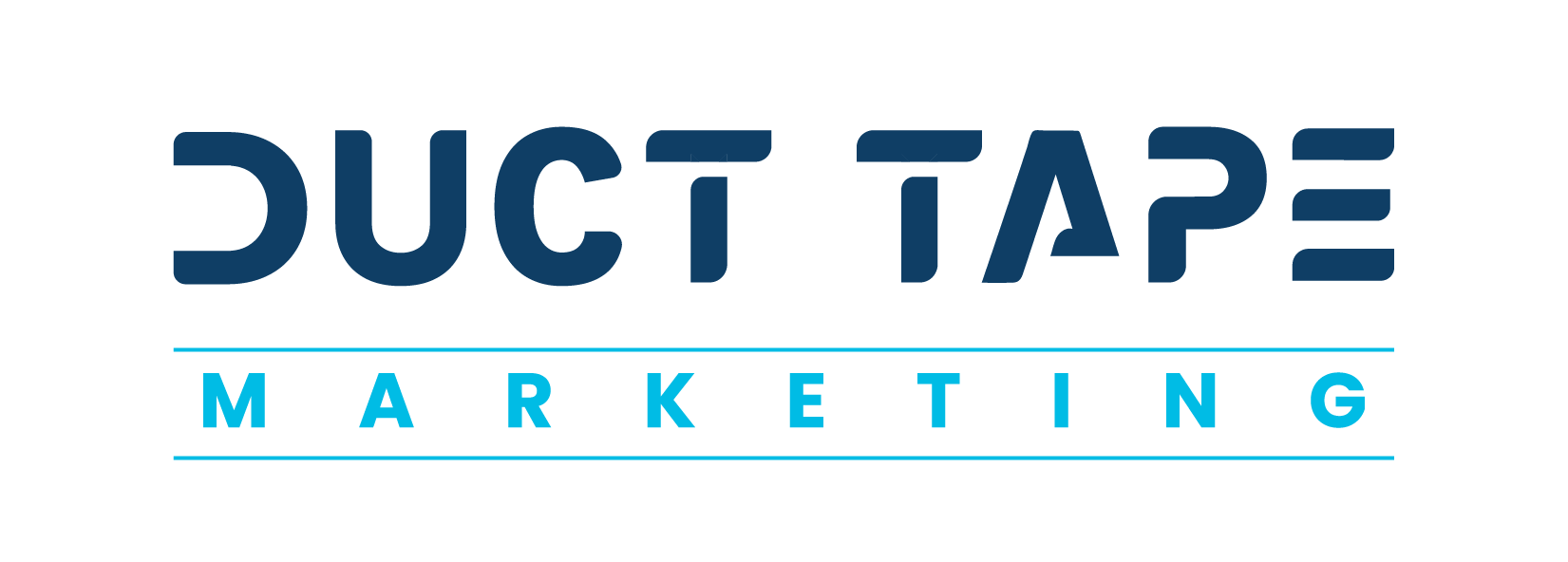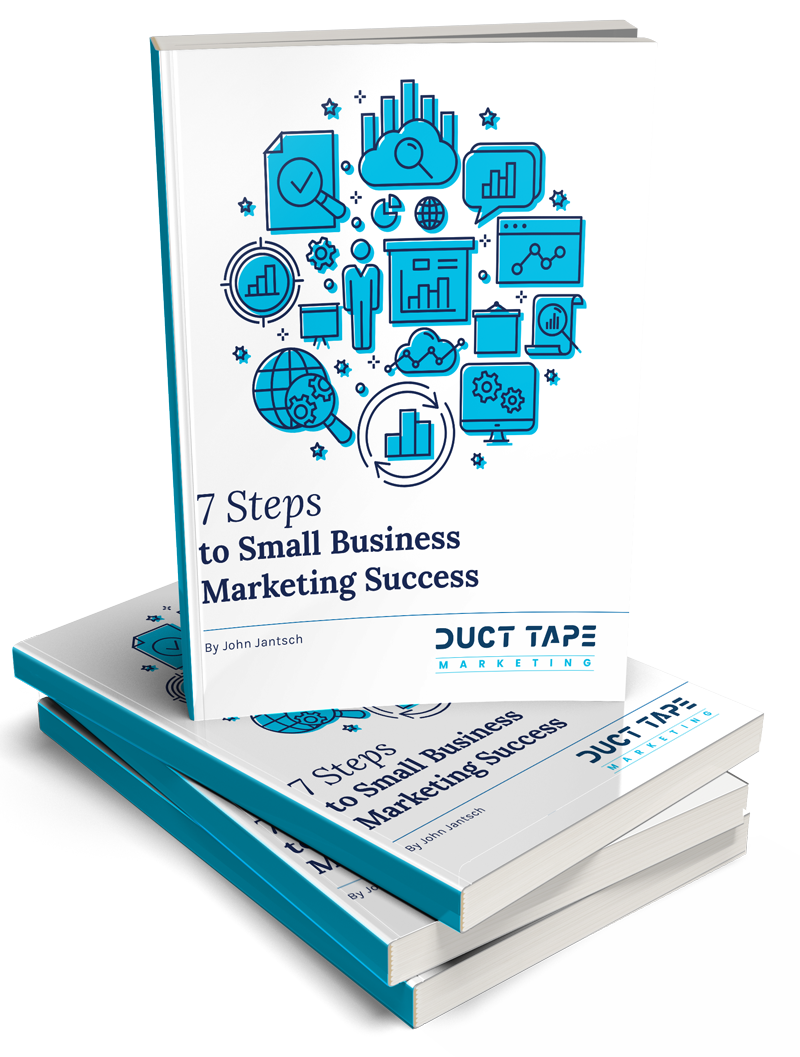Marketing Podcast with John Jantsch on the 10 Things to Consider About Your Website in 2019
You’ve started a business and created your website. But that doesn’t mean your work here is done. Behaviors and trends change, your needs shift, and your website must continue to evolve so that it’s meeting your goals.
The first step is to think about what it is that you really want your website to do. Are you trying to get more readers or subscribers, make more sales, or generate more calls from prospects?
Before you go through the process of updating your site to best serve this newly identified goal, you want to begin by understanding how users currently experience your website. Consider using a tool that tests user experience. Something like Neil Patel’s Crazy Egg allows you to install a code on your website that produces a report of heat maps for each page. These maps show how and where people consume content on your site—where they click or hover, how they scroll, and what they’re really trying to do on each page.
Once you understand the basics of what you want accomplish and how your users want to interact with your site, you can go about planning and designing a website that serves both of your needs. The following ten tips will help guide you through the process.
1. Kill the Sliders
Carousels and sliders became incredibly trendy in web design over the last few years. They may look pretty, but the thing is: They’re bad user experience.
Web designers may push for them because of their ubiquity, but that doesn’t mean they’re the best way to showcase what your business does. Even if the web design expert recommends it, do not fall into the slider trap!
2. Start With a Promise to Solve a Problem
Customers aren’t looking for a product or service, they’re looking for a solution. What is it that you’re solving, and how are you doing it?
The problem you’re solving represents the starting point of any customer’s journey. They didn’t come to your website for a casual scroll through all of your products and services, they want to know—from the second they land on your site—that you understand their issue and have the means to solve it.
3. Bring Whitespace Back
Like any fashion, web design trends come and go. Your website can certainly look dated if there are stylistic elements that were popular in the past decade but are less so today.
The thing is, websites aren’t just about looks. They should be more able usability. What allows a visitor to consume content and move through the journey you want them to have in the easiest manner?
The answer is whitespace. Several years ago, the trend was to cram everything above the fold. Now, long-form scrolling homepages are very popular, and it’s because users don’t want to click anymore. They want to scroll through a journey and find all of the relevant information on one page.
When I talk about whitespace, it’s not a matter of having big blocks of it. It’s more about creating room for your content to breathe. Adding space between the lines of scrolling information allows you to draw more focus to the most important elements and information on your site.
4. Provide Fewer Choices
Don’t try to be everything to everyone. What is the intent for your business and your site? What do you want people to do?
Find your core difference and how it speaks to your ideal client, and go from there. Plus, you’ll want to understand how to feature the products and services that not only speak to this audience, but are also most profitable and provide the greatest opportunity for your business.
Creating a site that is vague and broad only wears people out and turns them off to the value of your offerings.
5. Put Strong Calls to Action in a Number of Places
While you’re not trying to be everything to everyone, you can also vary your calls to action slightly within the framework of your well-defined value proposition.
These calls to action should be specific, and you should be touting their value. Generic calls to action like “sign up for updates” don’t cut it anymore. What is an update, anyway, and why do your customers need it?
Focus instead on calls to action with concrete benefits. “Get a free quote” or “Get a free report on XYZ” are offers that can have real value for prospects. And if the call to action doesn’t speak for itself, put some text around it that emphasizes its value.
You can and should have three or four different calls to action. Some people are just looking to contact you, so a “call us today” call to action is right for them. But you also want to have calls to action that allow those looking for a deeper dive into your information the opportunity to learn more.
6. Build More Landing Pages
Landing pages are not necessarily built to rank for a key phrase. But they should be built for each of your ads, locations, products and services, so that you can drive people to things that have a specific intent or need.
When people are greeted with specific, relevant information when they land on your site, they’re more likely to trust you and want to learn more.
7. Create Hub Pages
We’ve been talking about the importance of creating content for many years, and some of you have taken that message to heart. But more often than not, the content is created, distributed on your blog, and then mostly forgotten about.
In order to put all of this content to work for you, it’s time to start internally linking the content you’ve written over the years. And to take it a step further: Start creating hub pages that are centered around your most important and relevant themes.
Not only does this create more value for your audience, who can then find all relevant information in one place, it also makes Google’s search rankings happy, providing you with significant SEO value.
8. Consider Mobile First
For most businesses 70 to 80 percent of views of your site are on a mobile device. If you want to see where your business falls, go into your analytics and check the device report. That will tell you how people are viewing your site.
If most of your traffic is coming from mobile devices, doesn’t it stand to reason that your website should be optimized to create the best experience on mobile? Designers sometimes lose sight of the focus on mobile—they work on desktops with giant screens, but that’s not the way the majority of people are consuming your site. Be sure to remind your designers not to forget about how to best serve your prospects and customers with your site’s design.
9. Assess Load Speed for Pages
How quickly your site loads is a significant ranking factor for Google. Not only that, but slow-loading sites are irritating for your users and create a bad first impression.
If you’re not sure where your site stands, check out the Google PageSpeed Insights tool. The tool will provide information on how your site loads on both mobile and desktop devices. If you’re not getting a green rating for both, speak with a programmer who can get your speeds up to where you want them to be.
Often the source of the problem is a technical issue that can easily be fixed by a professional.
10. Address Security Concerns
People are becoming increasingly worried about security these days. If you do not have HTTPS in front of your URL, you’re immediately eroding trust in your brand. An HTTPS certificate ensures that your site and the data you collect there are being properly encrypted and are protected from hackers.
All websites should have an HTTPS certificate, but this is particularly important if you’re collecting sensitive information from visitors, like their contact information or credit card numbers.
Google is now informing anyone on a Chrome browser whether the site they’re visiting is secure or not, and your rankings in Google search are being affected if you don’t have that certificate. Plus, when the first thing visitors to your site see is “Not secure” in the browser window, it doesn’t make for a great first impression.
Fortunately, most web hosting platforms are now including HTTPS certificates with their hosting services. If yours is a WordPress site, Pressable is a great hosting option. Investing a bit more in a high quality web host is worth it in the long run.
If you want to get better results from your website in 2019, it’s time to start thinking about these ten factors.
Like this show? Click on over and give us a review on iTunes, please!
If you liked this post, check out our Small Business Guide to Website Design.

This episode of the Duct Tape Marketing Podcast is brought to you by Klaviyo. If you’re looking to grow your business there is only one way: by building real, quality customer relationships. That’s where Klaviyo comes in.
Klaviyo helps you build meaningful relationships by listening and understanding cues from your customers, allowing you to easily turn that information into valuable marketing messages.
What’s their secret? Tune into Klaviyo’s Beyond Black Friday docu-series to find out and unlock marketing strategies you can use to keep momentum going year-round. Just head on over to klaviyo.com/beyondbf.



